LINEAGE
Natural mutation of the Bourbon variety
GENETIC DESCRIPTION
Bourbon-Typica Group (Bourbon-related)
HISTORY
Caturra is a natural mutation of the Bourbon variety. It was discovered on a plantation in the state of Minas Gerais in Brazil sometime between 1915 and 1918.
Caturra has a single-gene mutation that causes the plant to grow smaller (called dwarfism). Its name derives from the Guarani word meaning “small.” It is also called “Nanico.” After Caturra’s discovery, selections were made by the Instituto Agronomico (IAC) of Sao Paulo State in Campinas, Brazil, starting in 1937. Breeders were interested in Caturra’s small size, which allows plants to be placed closer together, and its closely spaced secondary branches, which enable it to produce more fruit in the same space.
The selection process for Caturra was called mass selection, meaning that a group of individuals are selected based on their superior performance, seed from these plants is bulked to form a new generation, and then the process is repeated. The variety was never officially released in Brazil, but has become common in Central America.
It was introduced in Guatemala in the 1940s, but widespread commercial adoption didn’t happen for another three decades. From Guatemala, it was introduced to Costa Rica, Honduras, and Panama. Today, it is one of the most economically important coffees in Central America, to the extent that it is often used as a “benchmark” against which new cultivars are tested. In Colombia, Caturra was thought to represent nearly half of the country’s production until a government-sponsored program beginning in 2008 incentivised renovation of over three billion coffee trees with the leaf-rust resistant Castillo variety (which has Caturra parentage).
Caturra led in part to the intensification of coffee cultivation through higher density planting, often in full sun, that took place in the region in the second half of the 20th century.
Caturra is also known for being one of the parents the so-called “Catimor” family of cultivars. Various lines of the coffee-leaf-rust-resistant Timor Hybrid were crossed with Caturra to produce a dwarf plant with rust resistance. Examples of Catimor varieties include: Costa Rica 95, Catisic, Lempira, and IHCAFE 90.
STATURE
Dwarf/Compact
LEAF TIP COLOR
Green
BEAN SIZE
Average
COFFEE LEAF RUST
Susceptible
COFFEE BERRY DISEASE (CBD)
Susceptible
NEMATODES
Susceptible
Source: World Coffee Research


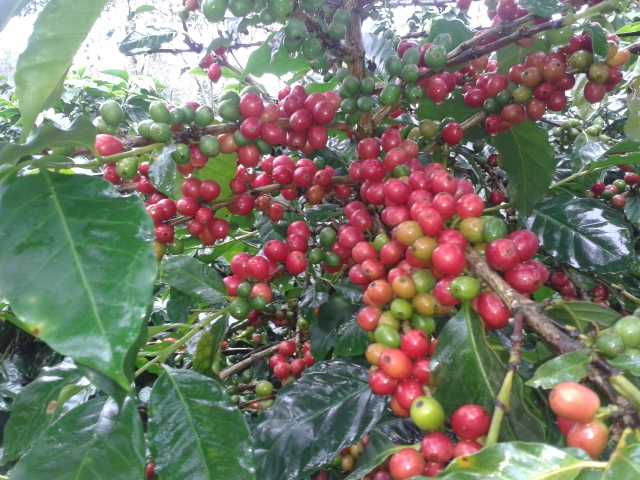
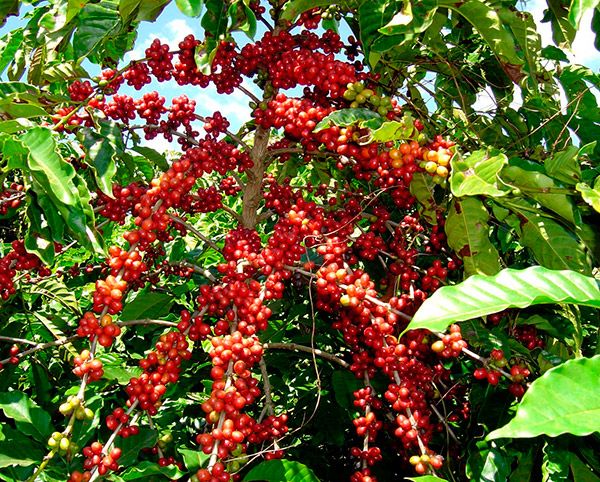
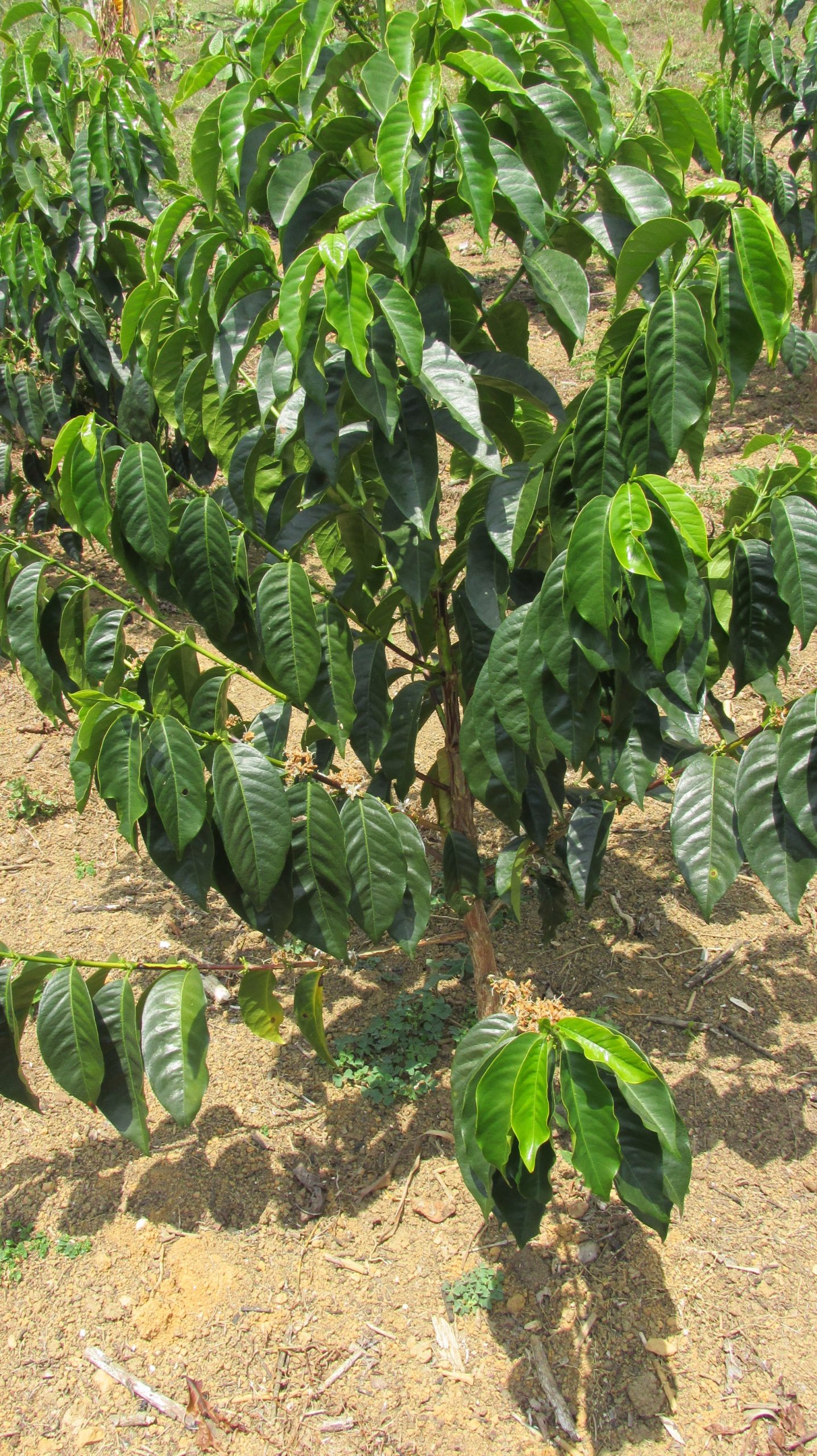
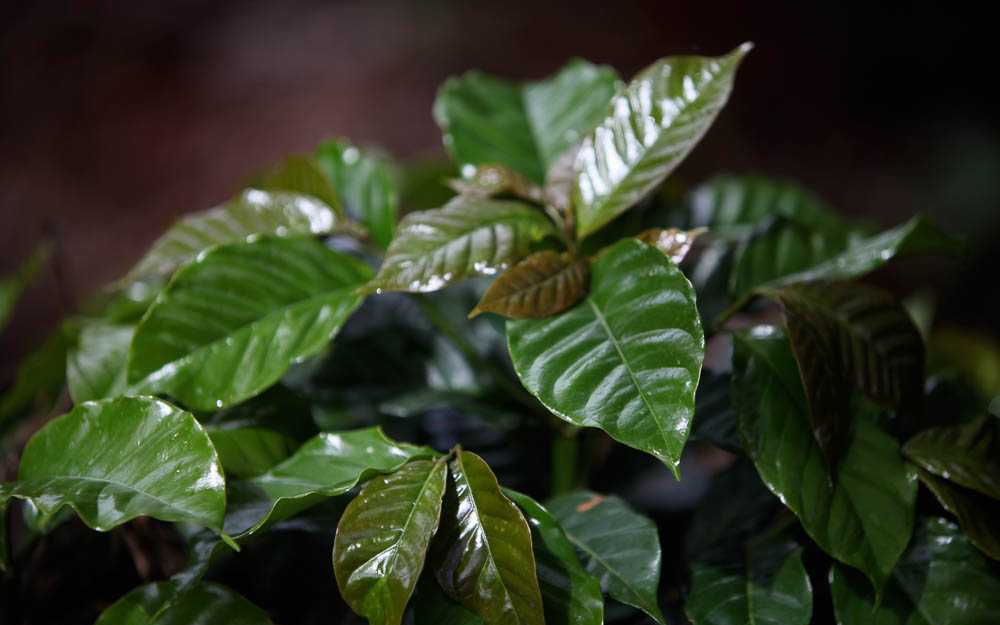
 No products in the cart.
No products in the cart.